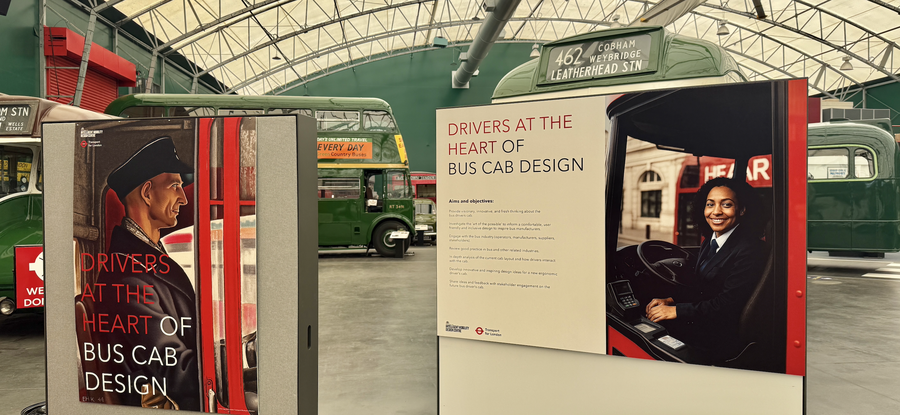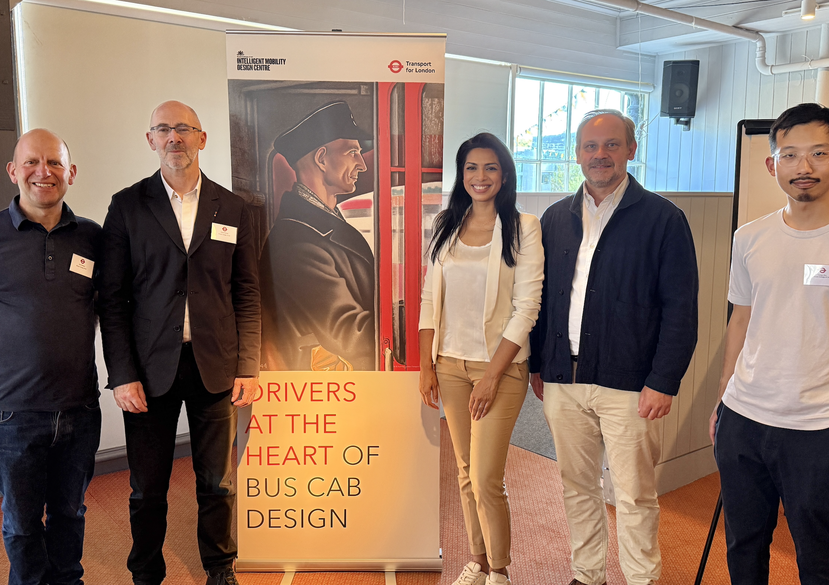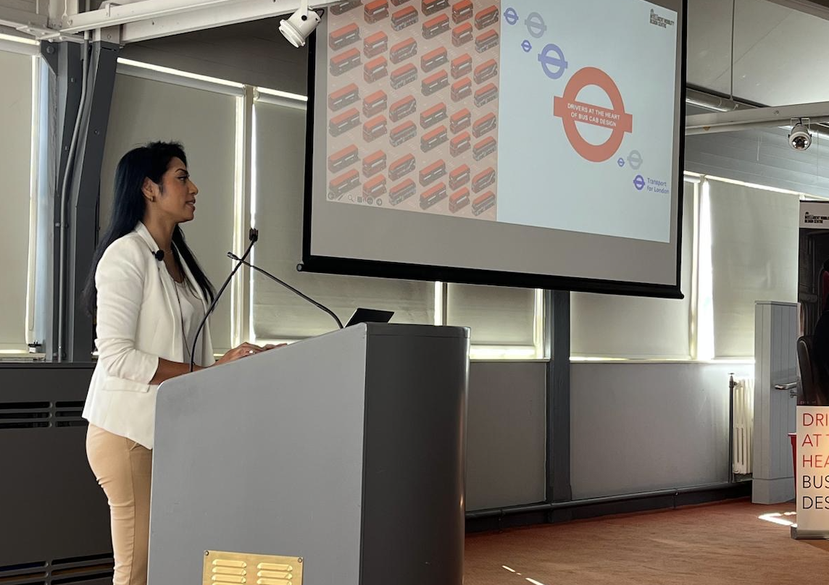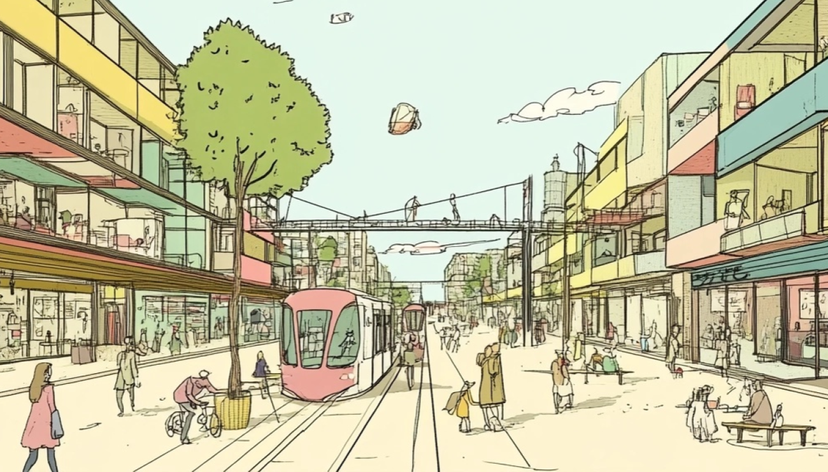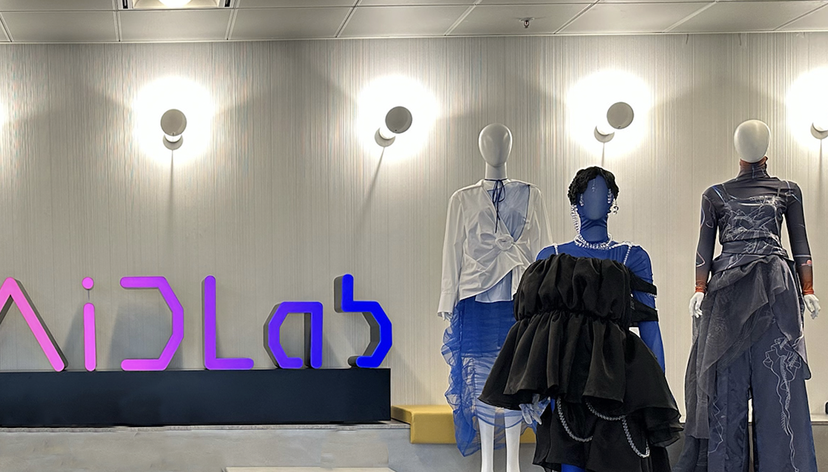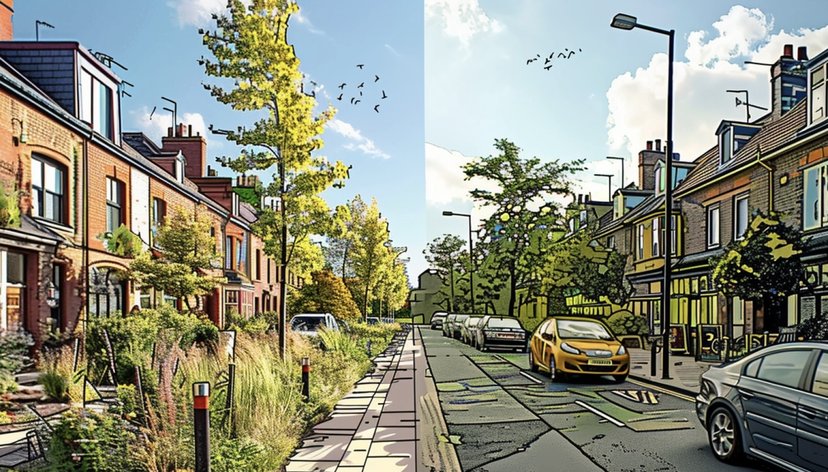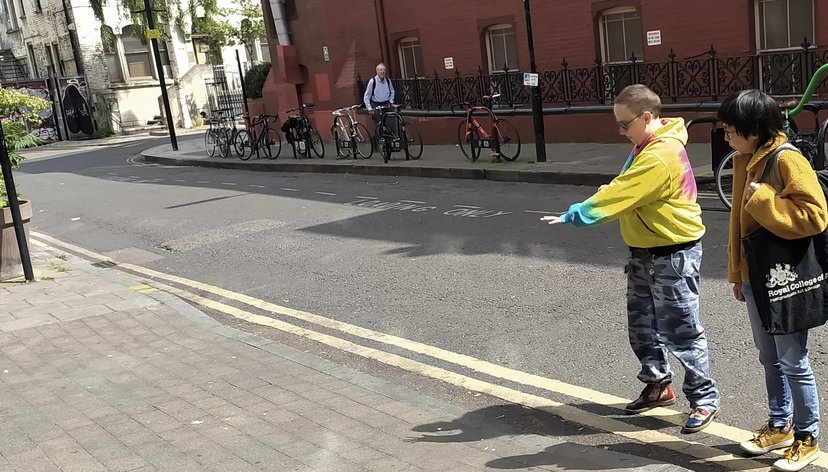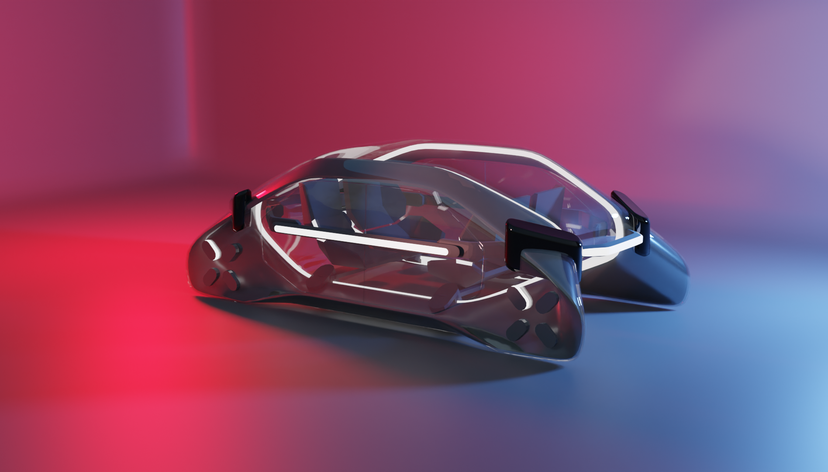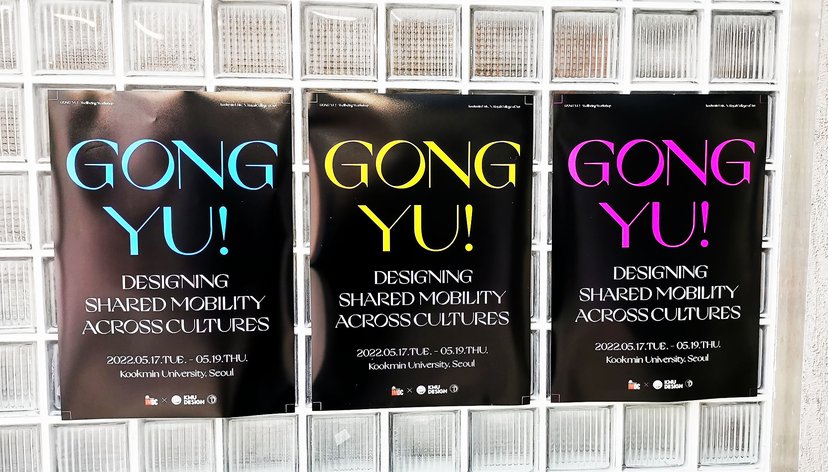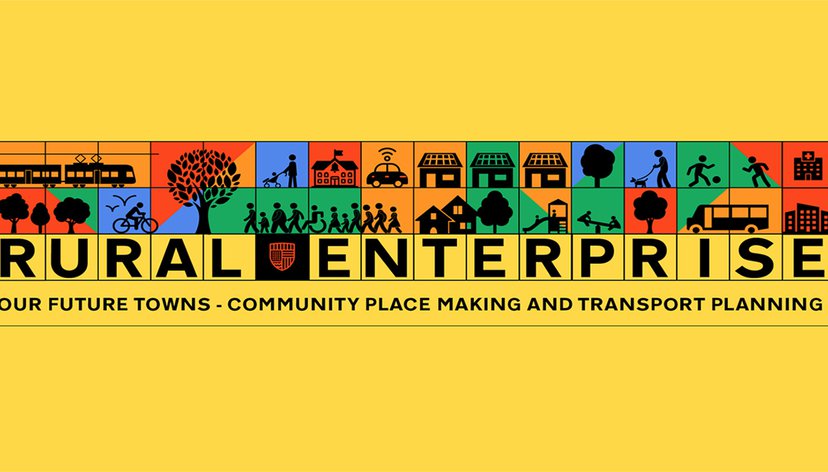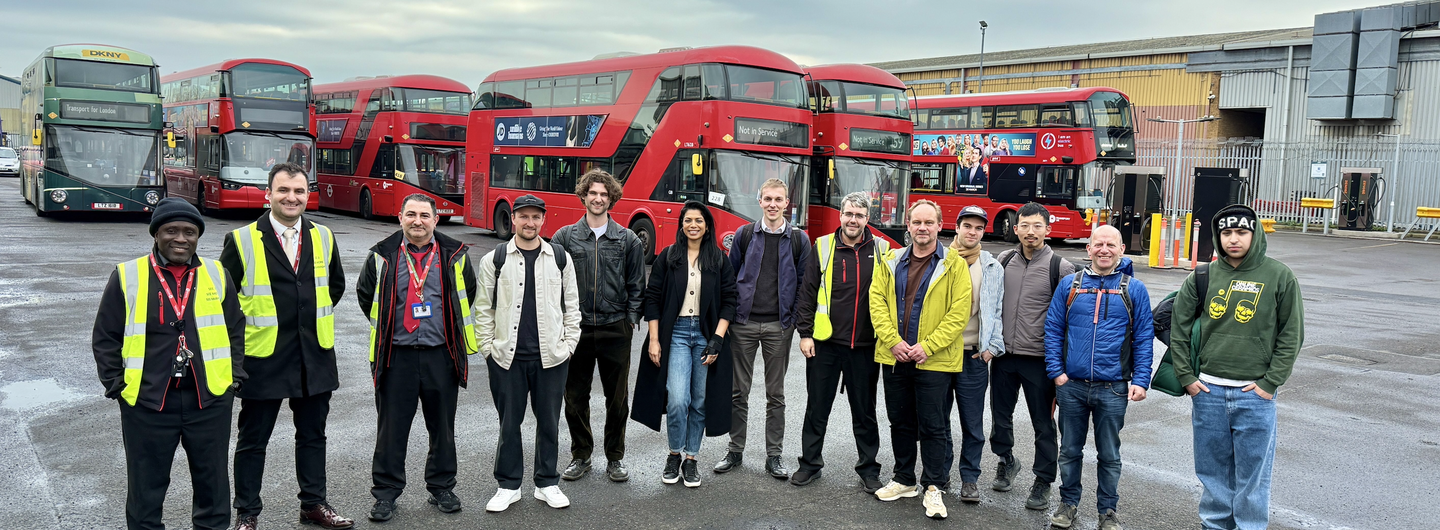
The bus cab redesign aspires to provide a comfortable, inclusive, and user-friendly design to better support drivers in their role.
This project aimed to provide visionary, innovative, and fresh thinking about the bus drivers cab. It looked at the ‘art of the possible’ to inform a new design that is comfortable, user friendly and inclusive that inspires bus manufacturers.
It support TfL’s Vision Zero to reduce people killed or seriously injured on or by a bus.
Outputs included informing a vision document for the driver’s cab providing the basis for the development of requirements in the Bus Safety Standard in 2027, 2030 and 2033, and future engagement by TfL to influence regulations around vehicle design where changes could be made to support a safer, ergonomic cab design.
Key details
Gallery
More information
The challenge
Current bus cabs are not comfortable, user friendly, or sufficiently adjustable to accommodate different body types and support a more inclusive workforce. The safety and security of bus drivers concerning collision protection, driver fatigue, mental and cognitive overload, and distractions from sounds and alerts in the cab need addressing through considered design. Bus driver health requires attention by reducing issues from poor ergonomics and improving driver perception of the cab as their workspace to impact wellbeing and job satisfaction.
Bus customer experience can be improved by better communication and connection between the driver and customers, thereby elevating the driver’s status and feeling of value improving current poor staff retention.
What we did
Phase 1- Analysis and insights
This informed the design development and provided insights to scope out the design opportunities for the redesign of the bus driver cab by obtaining a holistic perspective on bus driver activities, interactions with the cab, and wider interactions including with passengers.
Phase 2- Concept development
The insights from Phase 1 formed a basis for the generation and development of a series of 2D design concepts for the future bus driver cab. Four design responses were developed considering the key thematic elements influencing driver experience including cab architecture & layout, ergonomics & usability, aesthetics and passenger interaction.
Phase 3- Stakeholder workshop
The final developed design concepts were presented at the London Bus Museum to TfL and their key stakeholders including manufacturers, commissioners, users, drivers, and transport managers. This provided an opportunity to collaboratively discuss and feedback on the design concepts generated and identify future key opportunities and challenges.
